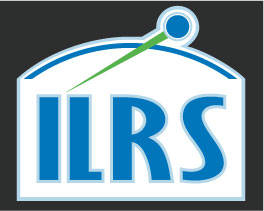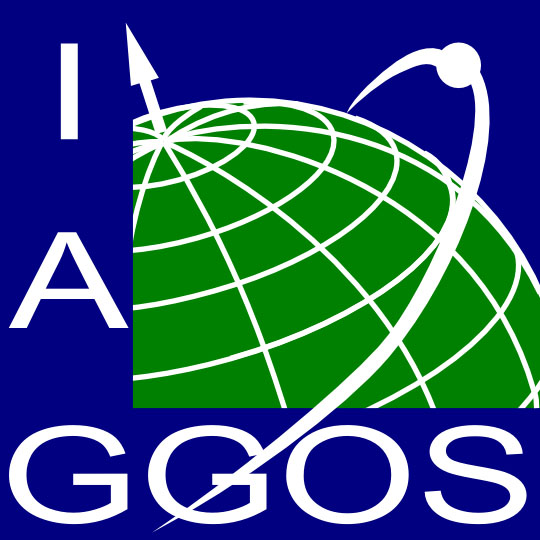
NPOESS
Jump to: Mission Support Status, Mission Support Request
ILRS Mission Support Status:
Satellite laser ranging data will be used to provide a mechanism for calibrating and validating the precision orbit determination (POD) solution required for the determination of sea surface height.
NPOESS Mission Support Request Form (July 2002, PDF):
Name: National Polar-orbiting Operational Environmental Satellite System (NPOESS) C3
Host: NPOESS Integrated Program Office
Primary Technical Contact: Dr. Ron Harten
Alternate Technical Contact: Joe Elder
Technical Contact Mailing Address:
Lockheed Martin Missiles and Space
O:JC-01 B:107,
1111 Lockheed Martin Way,
Sunnyvale, CA 94087
Technical Contact Fax: 408-756-7347
Technical Contact Email: ron.c.harten@lmco.com
Technical Contact Web: http://npoesslib.ipo.noaa.gov/
Primary Science Contact: Bruce Steakley
Alternate Science Contact: Bruce Guenther
Science Mailing Address: Marco Falcone
Lockheed Martin Missiles and Space
O:JC-01 B:107,
1111 Lockheed Martin Way,
Sunnyvale, CA 94087
Science Contact Fax: (408)756-7347
Science Contact Email: bruce.steakley@lmco.com
Science Contact Web: http://npoesslib.ipo.noaa.gov/
Mission objectives: Determine sea surface height as part of the National Polar Orbiting Operational Environmental Orbiting Satellite System (NPOESS)
Satellite Laser Ranging (SLR) Role of Mission: Provides a mechanisms for calibrating and validating the pcision orbit determination (POD) solution required for the determination of sea surface height
Launch date: April 15, 2013
Mission duration: 7 years
Altitude: 833 +/- 17 km
Inclination: 98.7 +/- 0.05 degrees
Eccentricity: 0.0011
Tracking schedule: Monthly
Spatial coverage: 15 to 20 sites with high priority coverage
Temporal coverage: Continuous for 4 days per month
Data accuracy: 2 cm
Mission Coordinator: NPOESS Mission Operations Manager
Priority of SLR for POD: 3 (follow-on for GFO)
Source of Acquisition Data: NPOESS Mission Support Element (MSE)
Other Sources of POD: GPS
Primary Analysis Center: NPOESS Integrated Data Processing Segment (IDPS)
Normal Point time span: 45 sec (exclude zenith +/- 2.75 deg)
Subnetworks/Stations Requested to Track: All NASA stations
Delivery time: 24 hours
Description of Array and Location: ITE LEO800 retro-reflector.
Nadir deck of NPOESS spacecraft
Technical Contact for Array Correction/Center of Mass: Joe Eder
Email and/or Phone Number: joe.eder@lmco.com, 408-756-3713
Other Comments: SLR will be employed at the start of the mission for initial calibration, and for periodic validations and correction. We estimate that calibration will be required monthly. SLR-based calibration, using high-elevation SLR to the GPS-derived NPOESS POD orbits, produces an independent measure of the radial accuracy and stability (drift) of the POD solutions. This technique removes the drift in the POD orbit (effectively the drift with respect to the frame including the tide gauges) from the altimeter-derived SSH measurement drift for regions surrounding selected tide gauges. Tide gauges near SLR tracking sites and GPS stations minimize the effects of geographical variations in the radial orbit drift, thus allowing the altimeter measurement drift to be compared (and calibrated if necessary) with the corresponding value from the tide gauge data.




